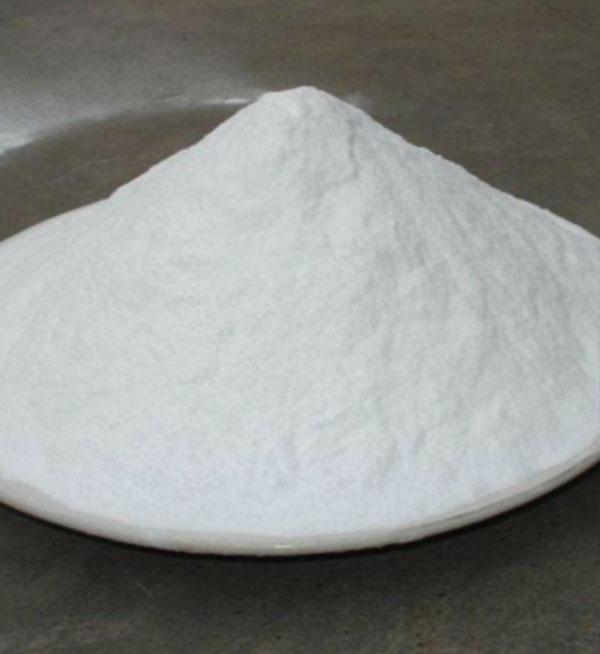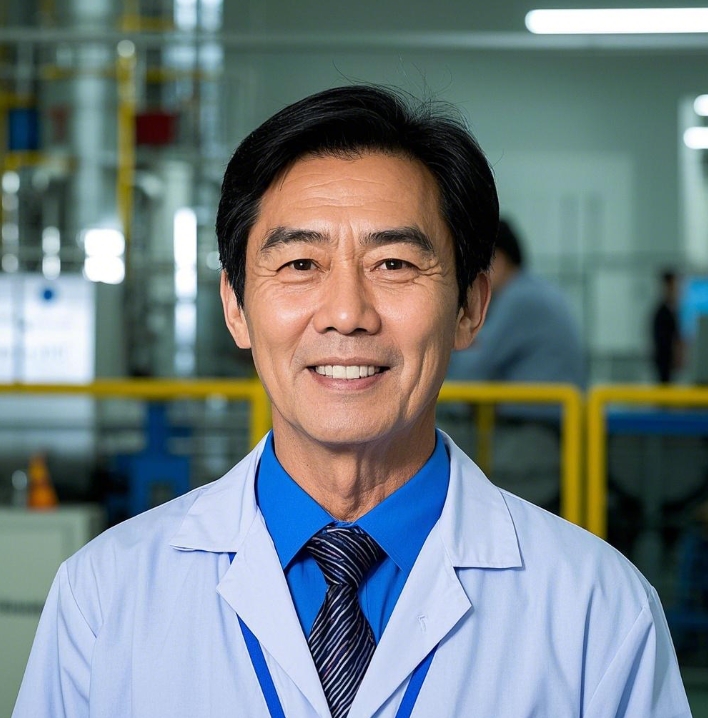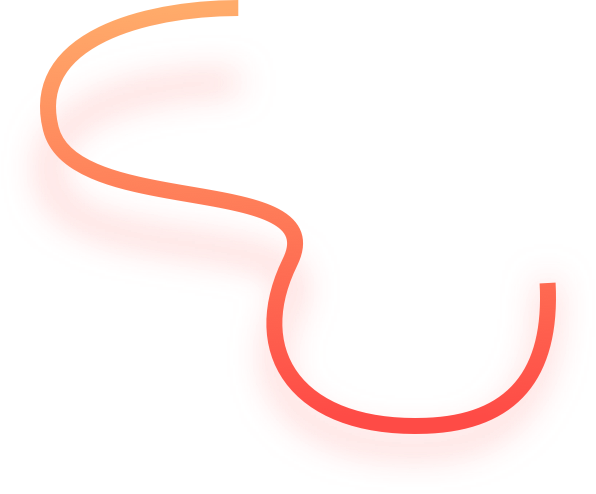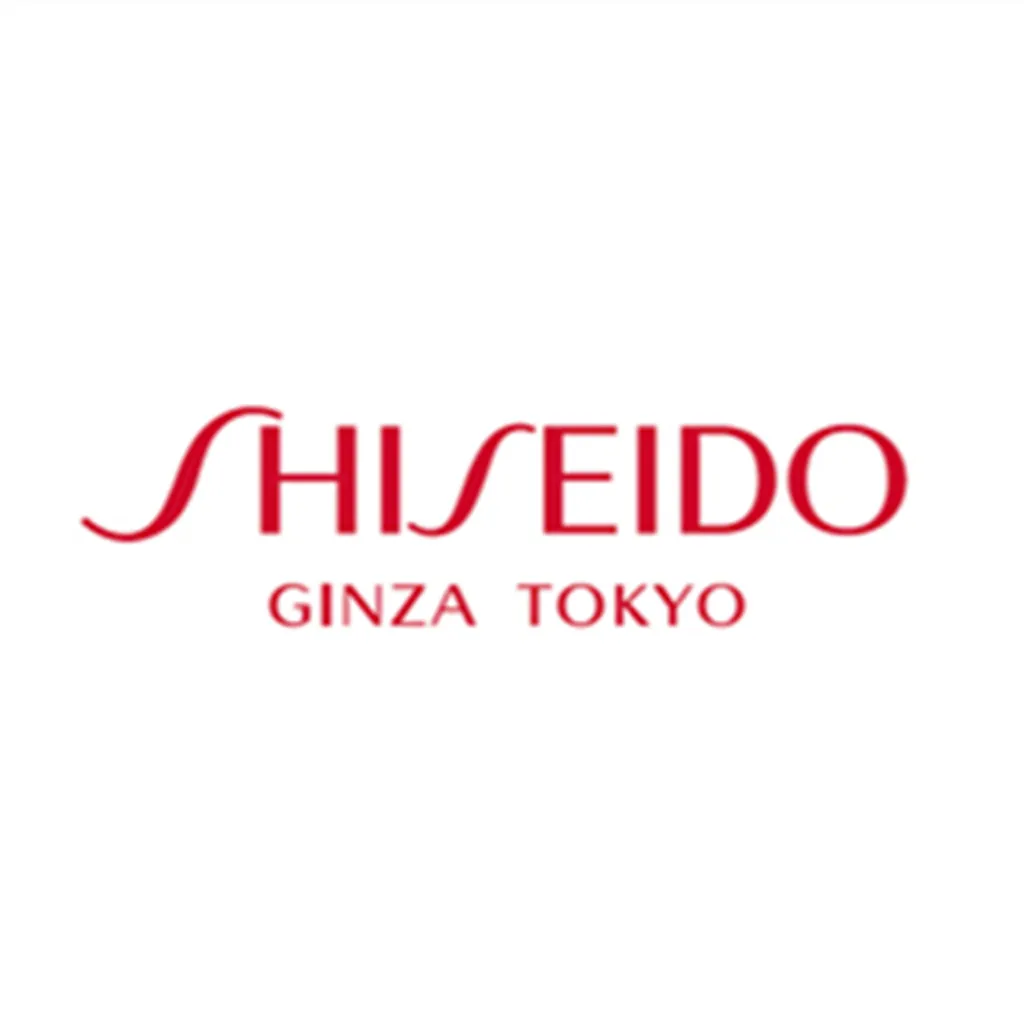
The product, Factory Supply Hematoxylin CAS 517 - 28 - 2, is hematoxylin, a natural dye with a CAS number of 517 - 28 - 2. Hematoxylin is derived from the heartwood of the logwood tree (Haematoxylum campechianum). It has the chemical formula C₁₆H₁₄O₆ and a molecular weight of approximately 302.28 g/mol. This compound is a crystalline solid, usually in the form of pale yellow to light brown crystals. It is slightly soluble in cold water but more soluble in hot water, alcohol, and ether. The purity of our factory - supplied hematoxylin is high, ensuring consistent performance in various applications.
Hematoxylin is widely used in histology and cytology laboratories. It is one of the most important dyes in histological staining. When combined with an appropriate mordant, it can stain cell nuclei blue - purple. This staining allows for clear visualization of the nuclear structure under a microscope, which is crucial for the diagnosis of diseases such as cancer. In addition to histology, hematoxylin is also used in the field of microscopy for staining plant tissues, enabling researchers to study plant cell structures. It can also be used in the manufacturing of inks and as a natural colorant in some industries.
When using hematoxylin for histological staining, the following steps are generally followed:
Case 1: Cancer Diagnosis in a Pathology Laboratory
In a large - scale pathology laboratory, hematoxylin staining was used for the diagnosis of breast cancer. The pathologists prepared tissue sections from breast tumor samples. After staining with hematoxylin and eosin (H&E staining), they were able to clearly observe the nuclear morphology and structure of the cancer cells. The hematoxylin - stained nuclei appeared blue - purple, allowing for the identification of abnormal nuclear features such as enlarged nuclei, irregular nuclear membranes, and increased nuclear - to - cytoplasmic ratios. This staining method played a crucial role in the accurate diagnosis and grading of breast cancer, guiding the subsequent treatment decisions.
Case 2: Plant Tissue Research in a Botanical Laboratory
In a botanical research laboratory, researchers were studying the structure of plant roots. They used hematoxylin to stain the root tissue sections. By staining the cell nuclei, they could clearly distinguish different cell layers in the root, such as the epidermis, cortex, and vascular cylinder. This staining technique helped them understand the growth and development processes of plant roots and provided important information for plant breeding and agricultural research.

This is William, CEO of Zhishang Chemical Co., Ltd.
Welcome to visit our factory . As the top chemical manufacturer, we have been striving for product quality, innovation , R&D, and customer service for the past 7 years. In the next 10 years or even longer, we are committed to becoming the most reliable chemical supplier in the world , creating a well-known international brand trusted by customers, with the spirit of “one meter wide, ten thousand meters deep”, we continue to focus on product research and development, continue to focus on customer service, continue to improve the supply chain service system, to create a professional chemical supply service team, to achieve win-win long-term cooperation. Please feel free to contact us if you have any questions.











